India is one of those countries which causes contradictory feelings in people - from disgust to pleasure
I liked the phrase from the Internet: "People are divided into those who see dirt and cows in India, they don't like everything. And those who get into a state of euphoria from India. What they call - a return to childhood with carefree happiness." What does it really look like? And in reality it looks exactly as you see it.
What I like about India is the spirituality of the people.
You can compare with the "similar" countries Thailand and Sri Lanka, in them such a thing was not observed. Time spent in the above countries is the same everywhere - a month of traveling around the country. Spirituality should be understood as feelings that are caused by communication with the local population. In India it is not shameful to be poor. Whether this is bad or good is debatable. This is where their "spirituality" and the unsanitary nature of the country comes from.
For those who are interested in India, you can recommend watching the two movies P.K. and Three Idiots (starring Aamir Khan). They are films with a deep philosophical meaning.
Liked it in India - sunsets
Sunsets in Goa are a sun disk that plays with colors from yellow to blue! The view is mesmerizing - the sun "sets in the water" while it simultaneously reflects 4 shades of color (yellow, orange, red, blue), smoothly changing each other.
Didn't like it in India - "unsanitary"
- The unsanitary conditions in the country come from the people themselves. Shopkeepers blow dust off their trays, while outdoors people easily throw any garbage right under their feet - paradoxes of the country.
- The street "dirt" is also caused by dust from clay soils. Everything is covered with a layer of dust, it is everywhere. During movement, this dust settles a solid layer on your clothes. Allergy sufferers in particular should take heed of this fact. Humidity plus dust is a poisonous mix for sensitive people.
- The fauna of India, according to the opinion of the locals is represented by two kinds of monkeys, peacocks, turtles, etc. And according to visitors - the main representatives are cows, crows, dogs, pigs, ants.
- Crows are the basis of the flora of India. To Europeans the crow is just a bird. In India, however, the number of crows is enormous. Their cawing drowns out all the sounds of nature. In the evening, when they fly to sleep on the coastal palm trees, you can't hear what's being said a meter away. Crows are sanitary, unsanitary conditions in the country entail their huge number, which is very uncomfortable for visitors.
- Cows are everywhere, from the road to the beach. They climb in garbage cans, look into stores, they are chased with whips from the yards. And as a consequence, their manure is everywhere, which dogs love to eat - not a sight for everyone. Cows can be fed bananas, or banana skins. It's all better than them eating ordinary cardboard - packaging from vegetables from stores, which they find in the trash.
- The dogs are completely harmless and quiet, but their appearance is pathetic and not relaxing. The dogs are mostly at the garbage cans and beaches. For the food offered to them, they show great gratitude with all their appearance.
- The pigs around - an unusual sight for Europeans. Accompanying it all is the filth of the garbage and the stench. So they are shy and harmless.
- The ants are not noticeable until you leave crumbs from your food. A whole horde will arrive for food. And the flight of ants on the beach is a spectacular, but very uncomfortable experience. They climb in clouds over your clothes and body and hair. The light near the lanterns is darkened by their number.
Nature and climate of India - comfortable in terms of warmth for wintering, but uncomfortable in other respects
Conditions January - February - mild heat, humidity not significant, no rain and cloudy days. A couple of days were windy. At this time on the beach is not comfortable at all. The sun is soft, "get burnt" is difficult, only if you fall asleep on the beach. Waves big no. The water is muddy in some places, special beauty and transparency is not different throughout the state of Goa. Cozy beach can only call the beach Palolem. The other beaches are not comfortable - they stretch for tens of kilometers in a wide line. They are deserted and unequipped for the most part. For walking the beach is very comfortable - a solid smooth sand. The coastal waterway is characterized by shallow water. Due to that the ebb and flow of the tide changes the strip of the beach for dozens of meters, up to 50 meters or more. In this regard, the beach looks deserted.
India is a cheap country, but for those who want to live in a hut and there is one rice
The concept of "cheapness" needs to be properly evaluated. Whether the quality of services and goods corresponds to the asking price in India by the locals. In fact it is possible to live for pennies in India, unlike in Europe, etc. But you have to understand what kind of life it will be.
- Cheap transport is as the riddle says "Without windows and doors, full of people". So the answer to the children's riddle is the Indian bus. Not only do local buses have no windows, but in places there are holes in the floor. At stops, the bus is slowed down, without a full stop. The number of people in transport is impossible to describe in words - sprats in a jar and that more freely. You can highlight the developed road infrastructure - the connection goes through the main major centers - the cities of Panaji, Mapusa, Margao, etc. Buses run regularly and often during daylight hours. A more expensive, but still affordable movement is the tuk tuk or otherwise rickshaw. A cab with air conditioning is already expensive compared to the distance and travel time. Palolem - airport - about 60 km, the price of a cab is the equivalent of 1000 UAH (1800-2000 rupees). And the travel time for this distance takes about 2 hours. It is caused by the narrow roads, chaotic traffic on the roads. The roads themselves are of adequate quality.
- The train is the same "mountain train" that runs with colossal delays. The train leaves on time only from the first destination. At other stations the train arrives with a huge delay, which by the final destination reaches up to 5 hours... There are different classes of carriages on the train. From "no seat limit" - this is strictly for local or visiting extremists - as many seats in the car as people can fit in, to the sleeping car with air conditioning, in our words just a compartment. The air conditioners work so that you'll need all your clothes, right down to your hat. The intermediate class is the "slipper" car, our parlor car, but not for 6 people, but for 8 with the same number of seats.
- Cheap housing in India is really a myth. If you want a beach house made of "palm fronds" - yes, it will be cheap. And if you want a shower and toilet, warm water, air conditioning, a window with glass and a door instead of a blanket ... and maybe even a mosquito net on the window and other comforts, it will cost at least 1000 USD (2000-3000 rupees minimum) per night. To find housing with a kitchen - the real problem in general. There are no normal accommodations on the first line, instead there are "bungalows".
- Cheap food is a myth. Tasty food is fruit. Chili peppers and spices like cardamom, ginger are used in such quantities that they "clog" the taste to zero. Meat eaters, take note - the cow is a sacred animal, there is no pork - it runs around the streets in the wild. There is chicken, but the light is often switched off, refrigerators are few and far between - still want meat? But even a portion of rice costs about 70 USD (150-200 rupees) and tasty is not particularly possible to call. An acceptable meal is fried rice with an egg. But regularly eating fatty fried rice is not possible for every body.
- Fruit is cheap, but not everything is "smooth". Compared to Thailand and Sri Lanka, there is much less fruit. And the locals are trying to pluck and sell green fruit. For example on the beach in Palolem only 5 stalls with fruit - 3 in the center and 2 on the outskirts. The assortment is very compressed and the quality of fruit leaves much to be desired. The prices are really low. The large pineapple about 40 USD (50-70 rupees), mango about 100 USD per kg (150-200 rupees), papaya about 20 USD per kg (30-40 rupees) - a large delicious fruit up to 3 kg. I would like to mention that bananas are very tasty in Hampi - 10 grn per kg (20 rupees a package weighing about 1 kg, they count them by the piece). Near the beaches bananas are often sold greenish. You want to take it and eat it right away, rather than wait until they are ripe or flabby because they were picked earlier than necessary.
Our trip through India took place in January-February 2019, through two states: Goa (North and South districts) and Karnataka (Hampi region). Did you enjoy it? Yes, we liked it, but one can only recommend it to others with great reservations!
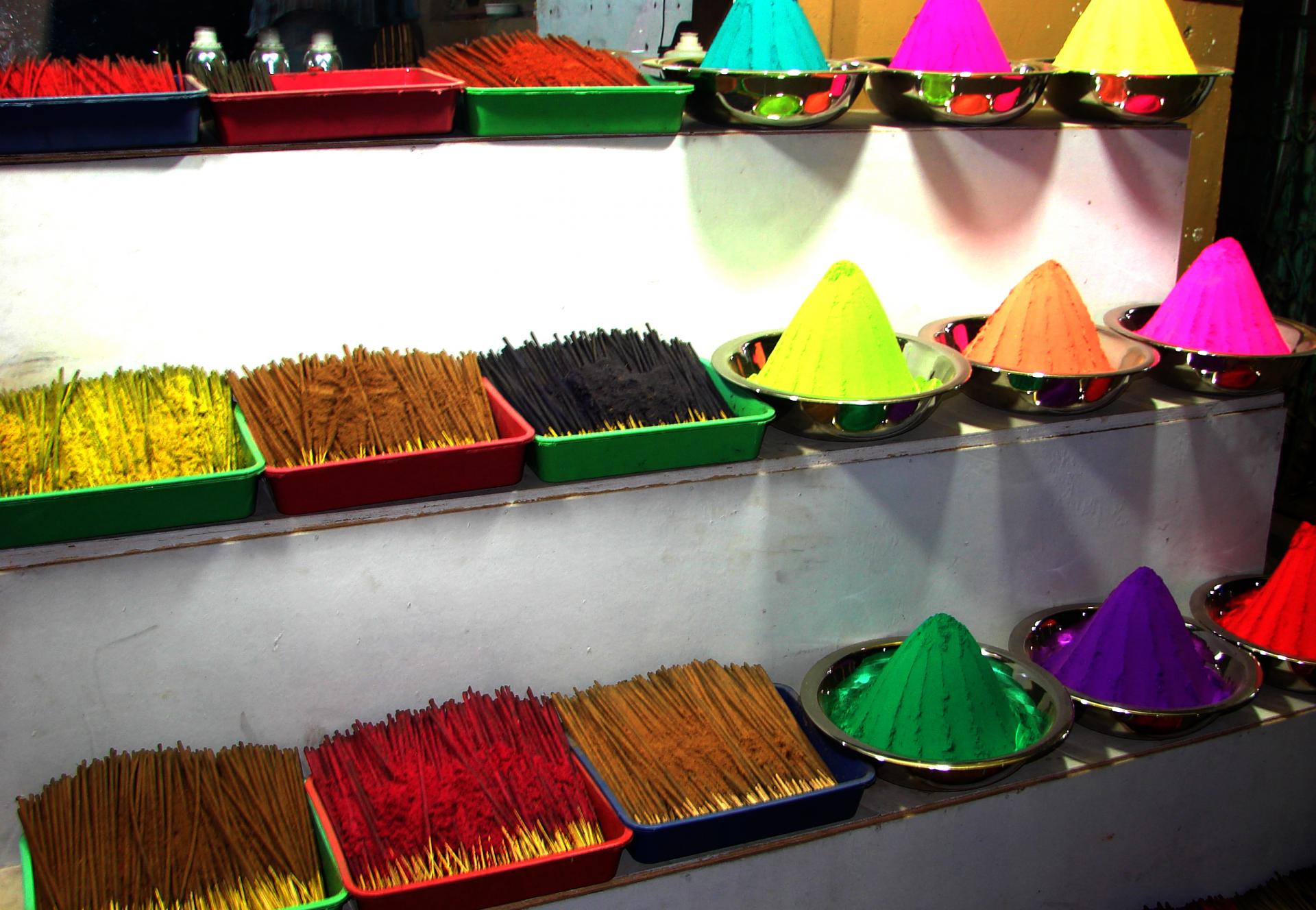
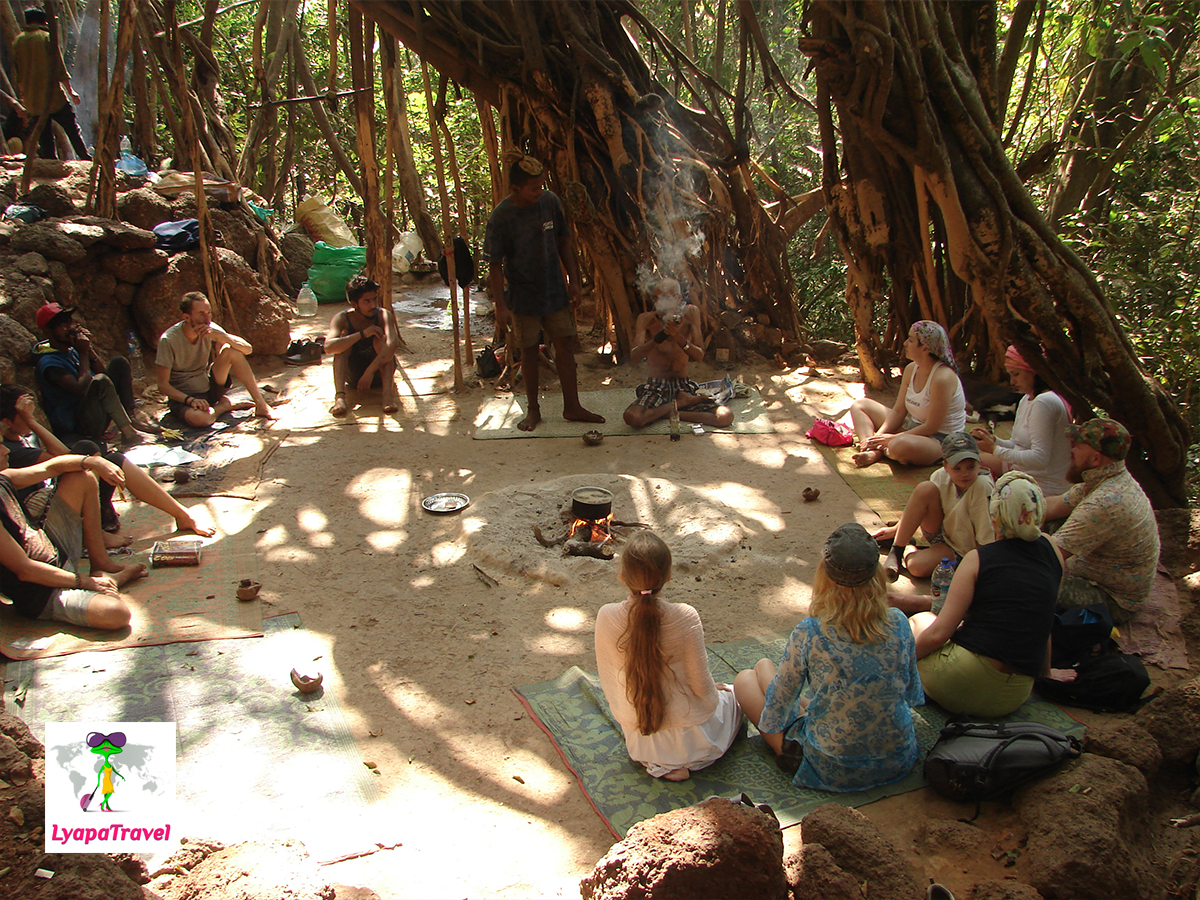
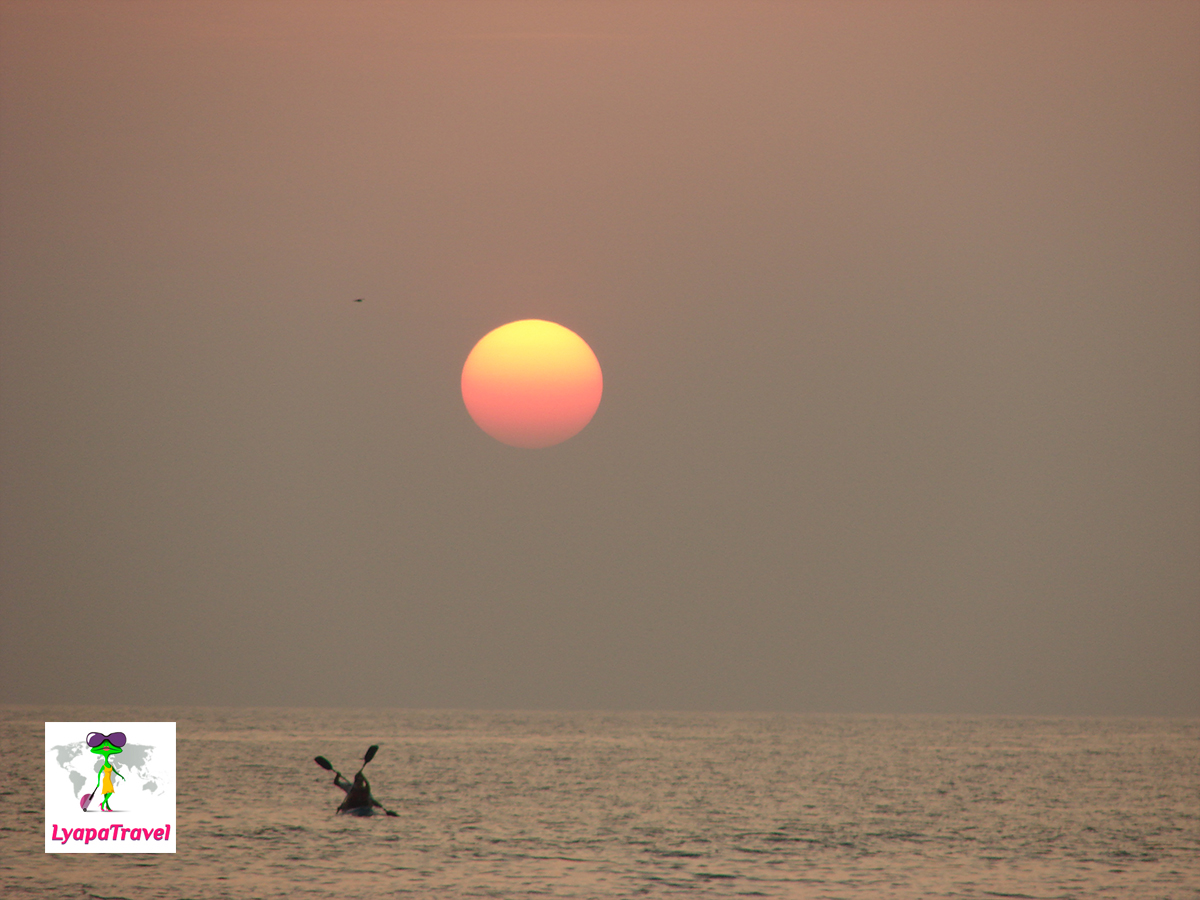

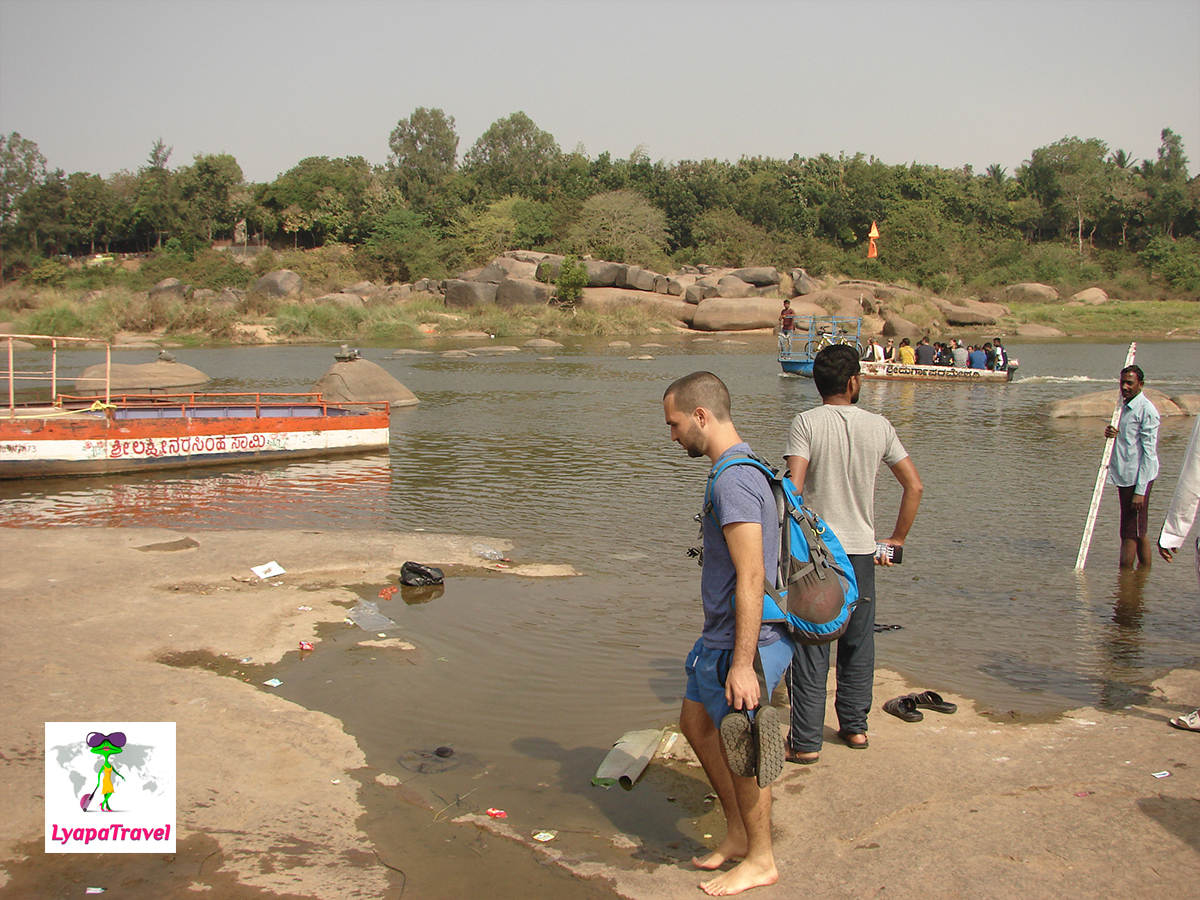
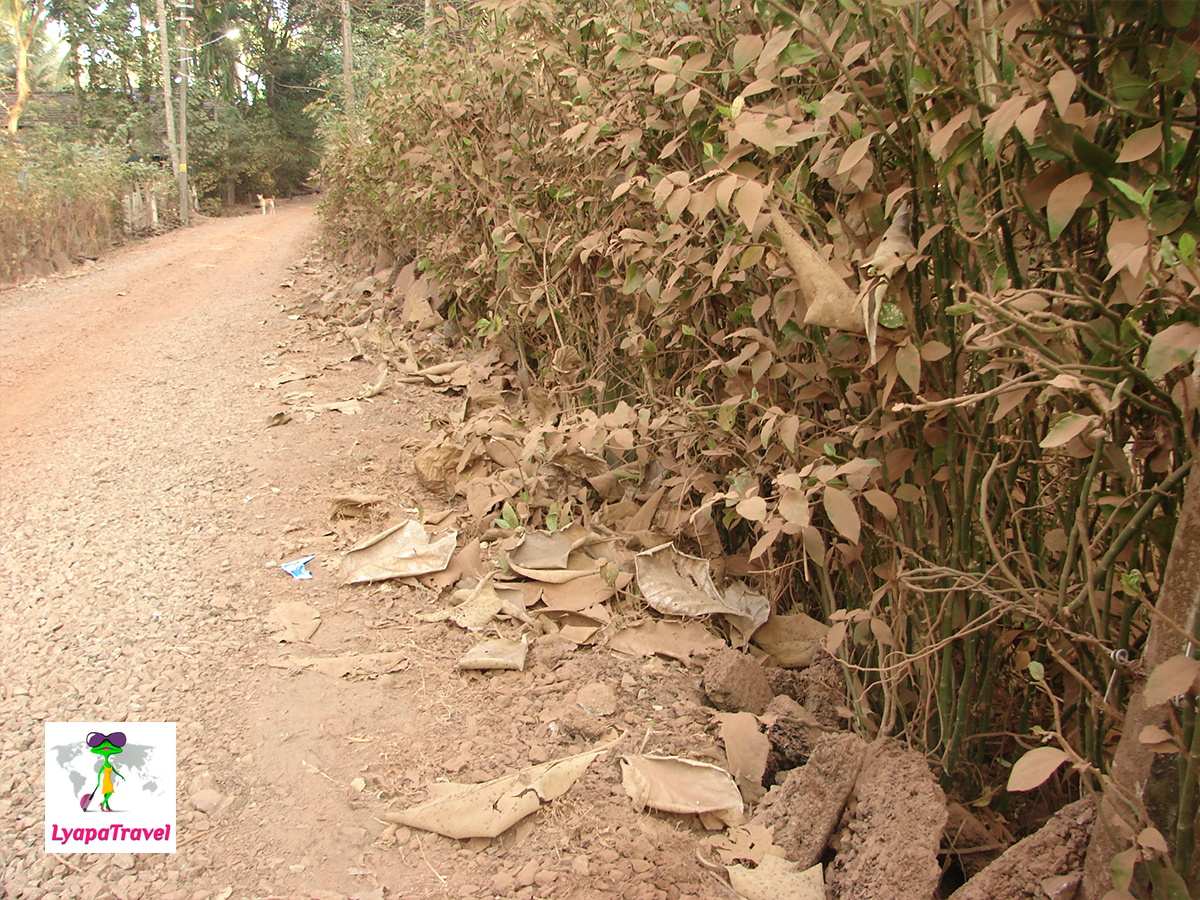


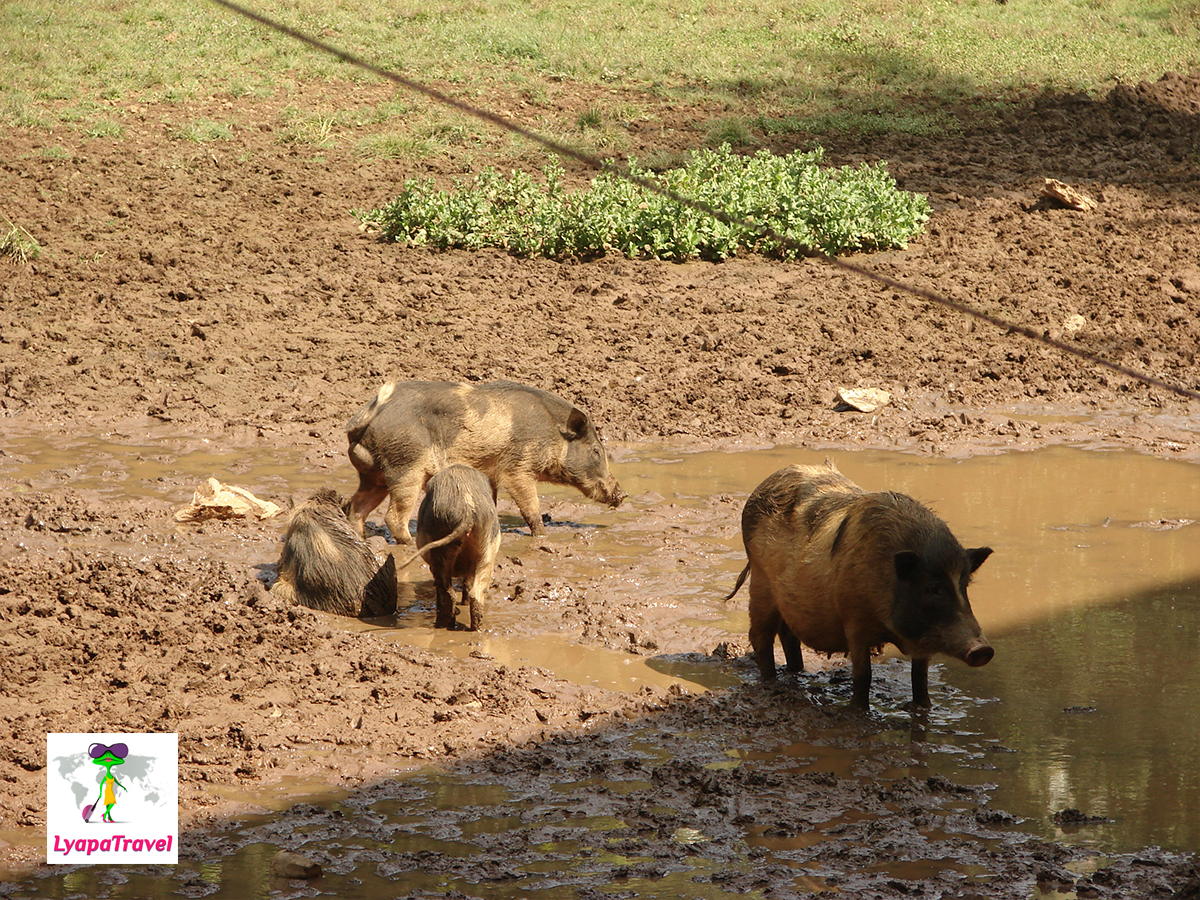
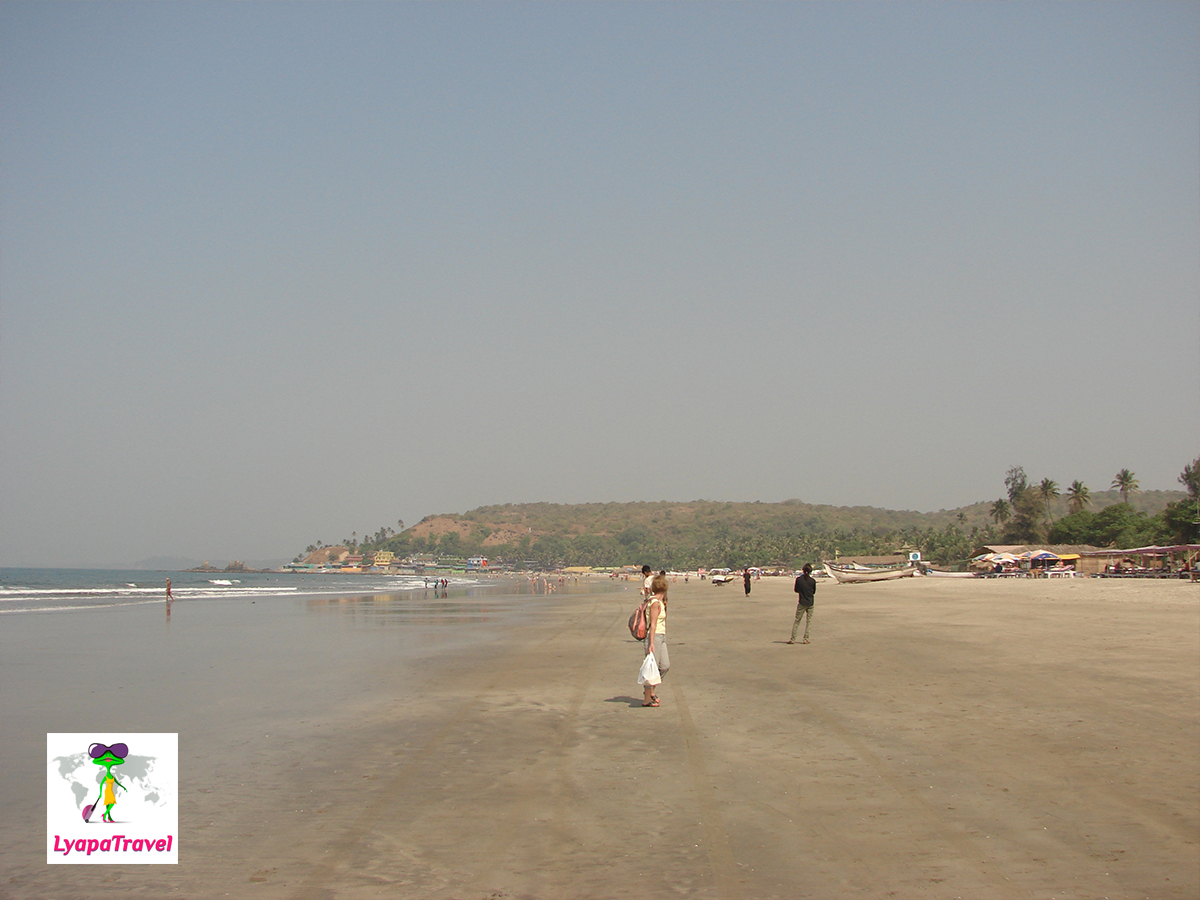

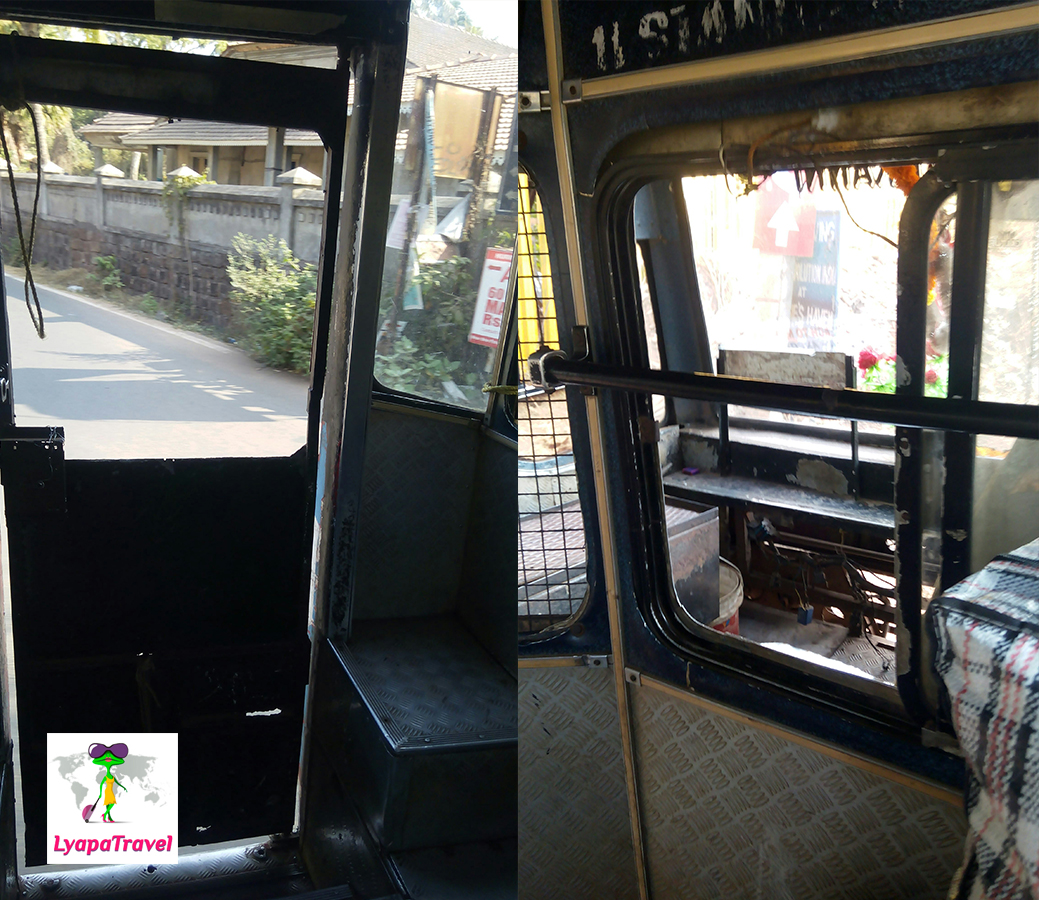

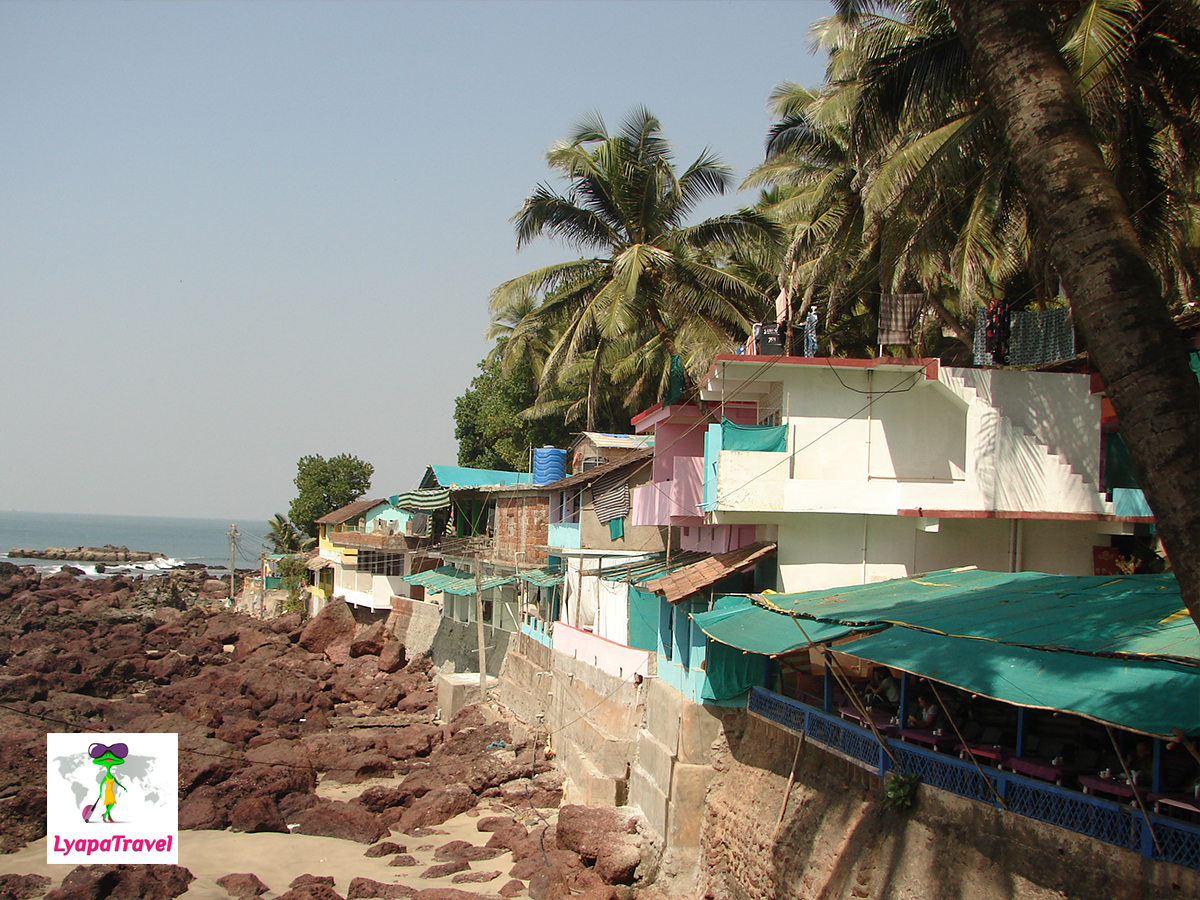
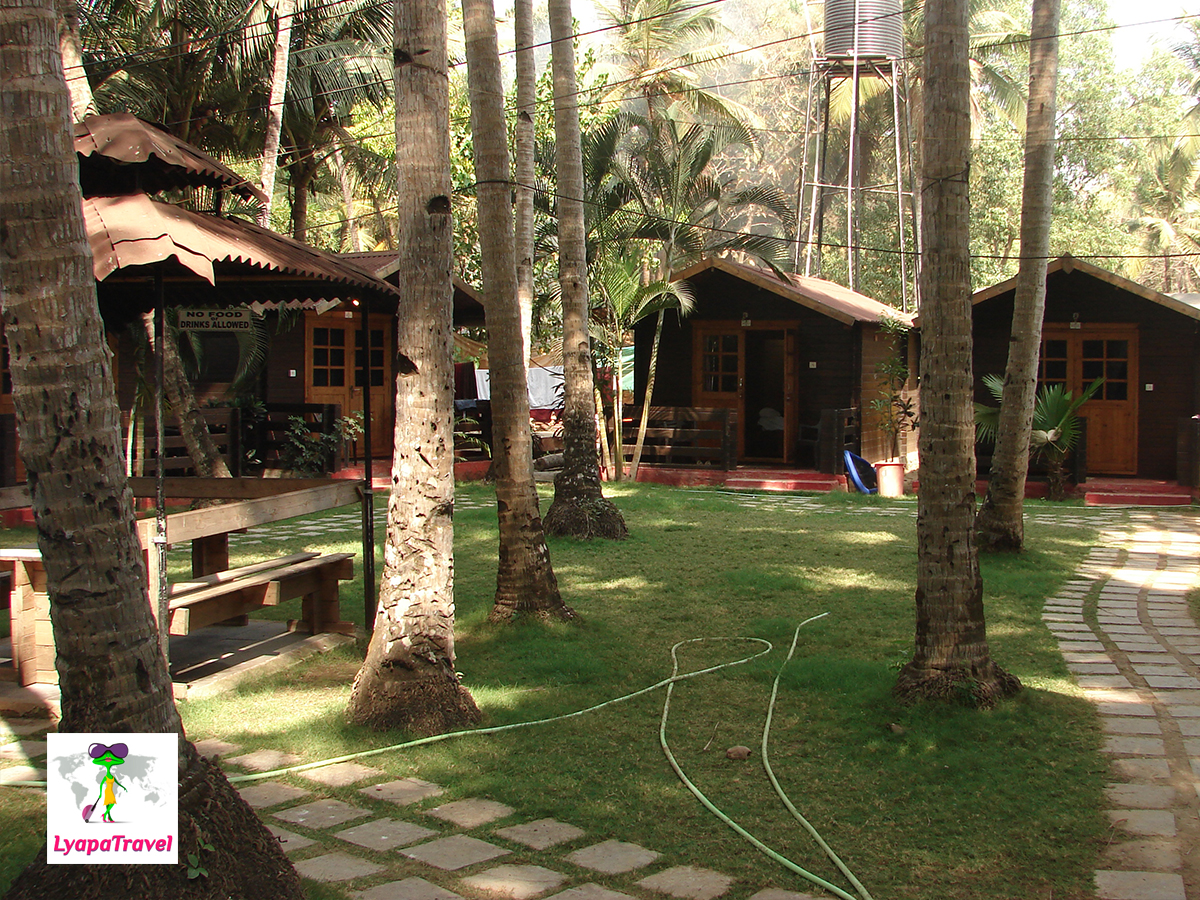
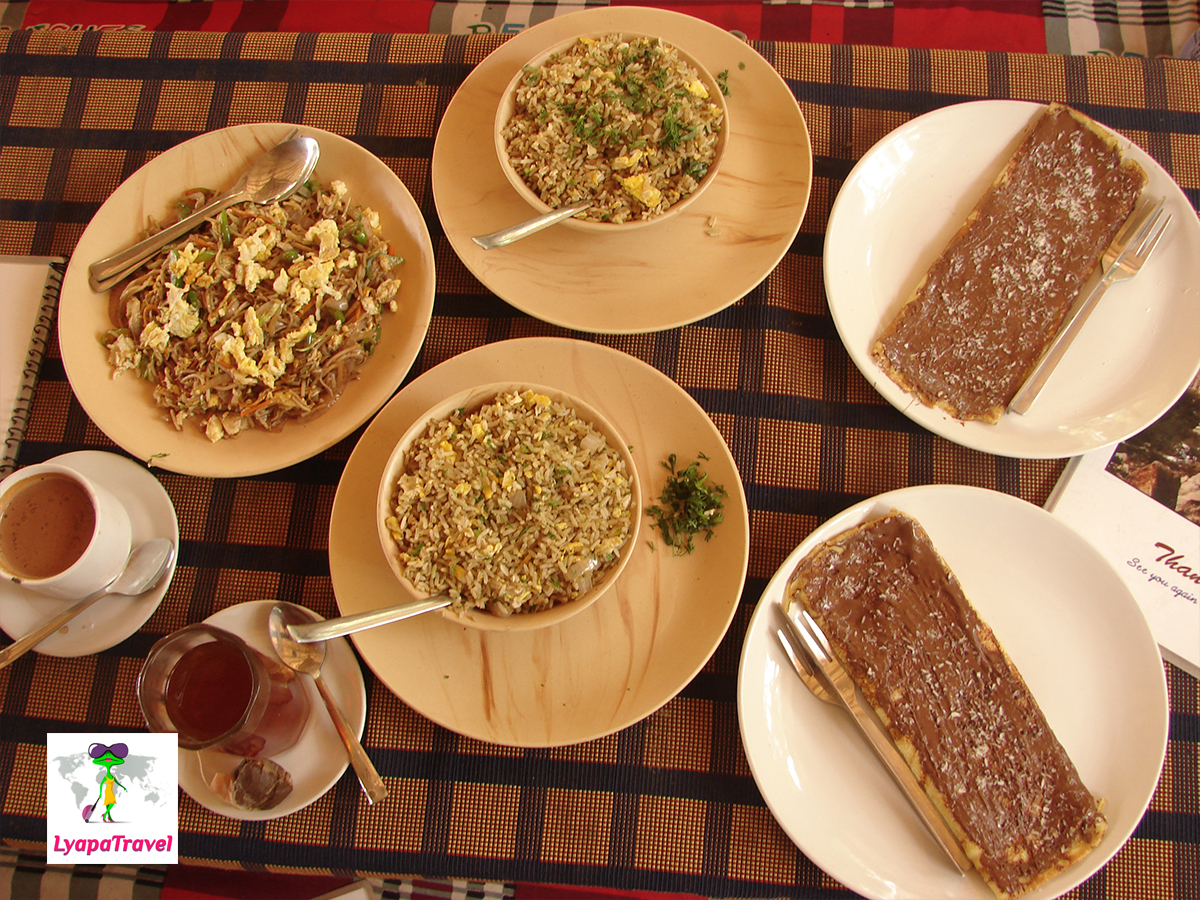
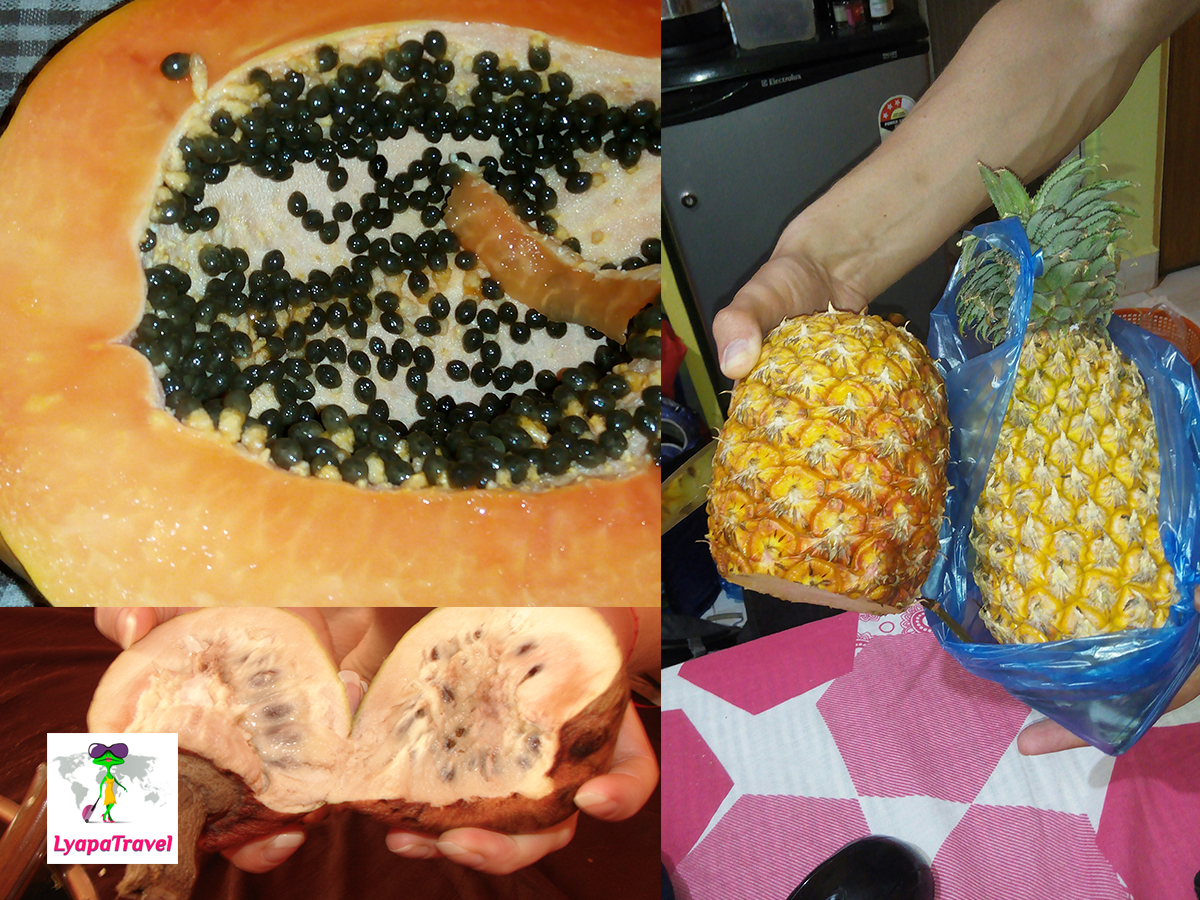
Add new comment